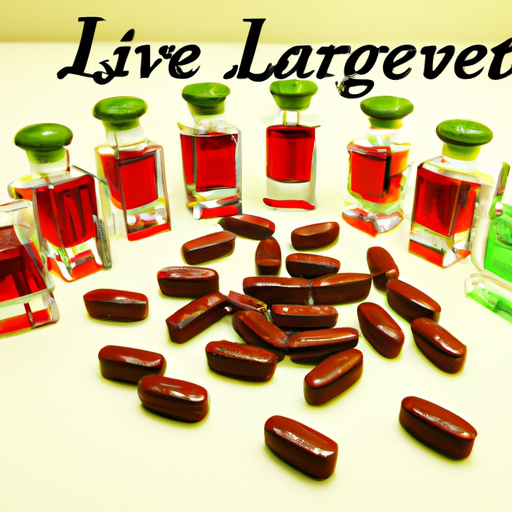Uncategorized
Revolutionary Medications for Managing Fatty Liver Disease and Cirrhosis
Understanding Non-Alcoholic Fatty Liver Disease
According to researchers, non-alcoholic fatty liver disease (NAFLD) affects approximately 20% of Americans. NAFLD is a condition where excess fat accumulates in the liver without significant alcohol consumption. This is different from alcohol-induced fatty liver disease (AFLD). NAFLD is divided into two types: non-alcoholic fatty liver (NAFL) and non-alcoholic steatohepatitis (NASH). NASH is considered the more severe form of NAFLD and can progress to cirrhosis.
Risk Factors for NAFLD
Being overweight or obese is the main risk factor for developing NAFLD. Other risk factors include type 2 diabetes or insulin resistance, menopause, Asian or Hispanic ancestry, high levels of belly fat or metabolic syndrome, high cholesterol or dyslipidemia, high blood pressure, obstructive sleep apnea, some medications, hepatitis C infection, genetic causes, severe surgical weight loss, and starvation.
New Treatments for Fatty Liver Disease
Weight loss and lifestyle changes are usually recommended as the first point of treatment for NAFLD. However, due to the complex development of NAFLD, many new treatments being investigated must adhere to a multidisciplinary approach. Some new treatments that have been researched or are currently being studied include vitamin E and probiotic supplements, medications such as non-bile farnesoid X receptor agonists (FXRs), glucagon-like peptide-1 (GLP-1), sodium-glucose transport-2 inhibitors (SGLT-2), and lipogenesis inhibitors. Combination therapy is also an innovative treatment option for targeting multiple pathogenic contributors to NAFLD.
Cirrhosis Explained
Cirrhosis is liver scarring resulting from long-term liver damage. It can develop from NAFLD and other liver diseases. Symptoms may include fatigue, unintentional weight loss, nausea, vomiting, reduced appetite, pain or discomfort in the upper right side of the abdomen, bleeding or bruising, dark urine, itchy skin, jaundice, and edema. Treatment options for cirrhosis focus on treating the underlying condition that caused it, lifestyle changes, and medications to manage symptoms and complications. Some people may need a liver transplant.
Emerging New Drugs for Cirrhosis Treatment
Researchers are investigating new and emerging drugs that exert a range of effects to target multiple causes of cirrhosis at once. Some synthetic drugs for cirrhosis are in late-phase trials, including cenicriviroc, obeticholic acid, and selonsertib.
Speak to your doctor for advice on the right treatment plan for you.

 Skip to content
Skip to content


